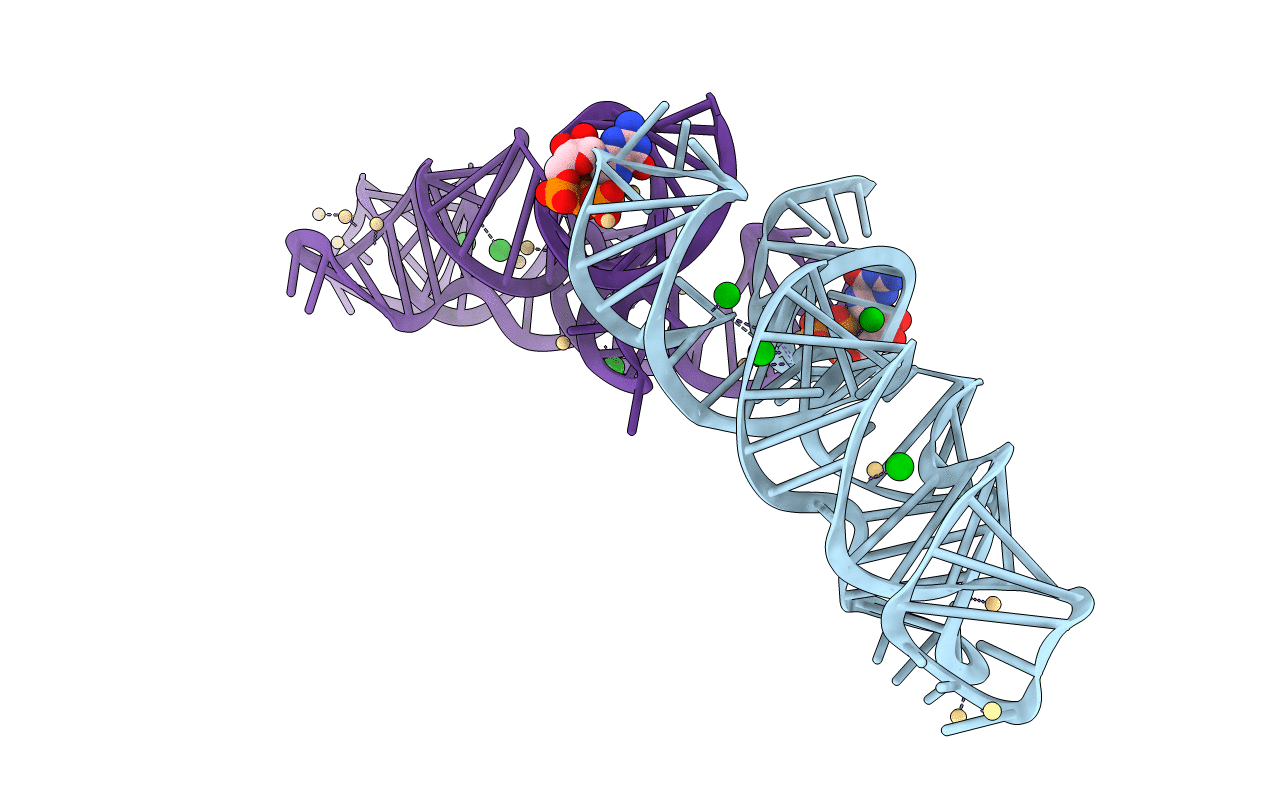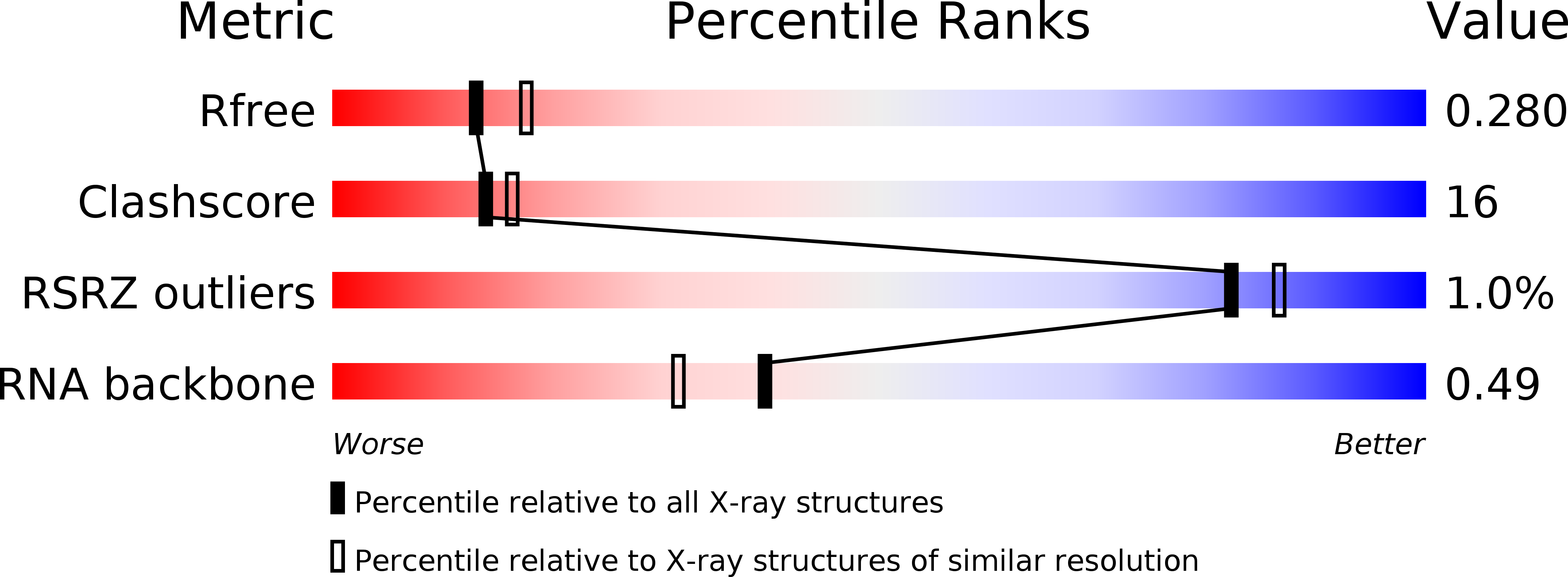
Deposition Date
2018-02-05
Release Date
2018-06-13
Last Version Date
2024-03-13
Method Details:
Experimental Method:
Resolution:
2.54 Å
R-Value Free:
0.28
R-Value Work:
0.22
R-Value Observed:
0.22
Space Group:
P 31


